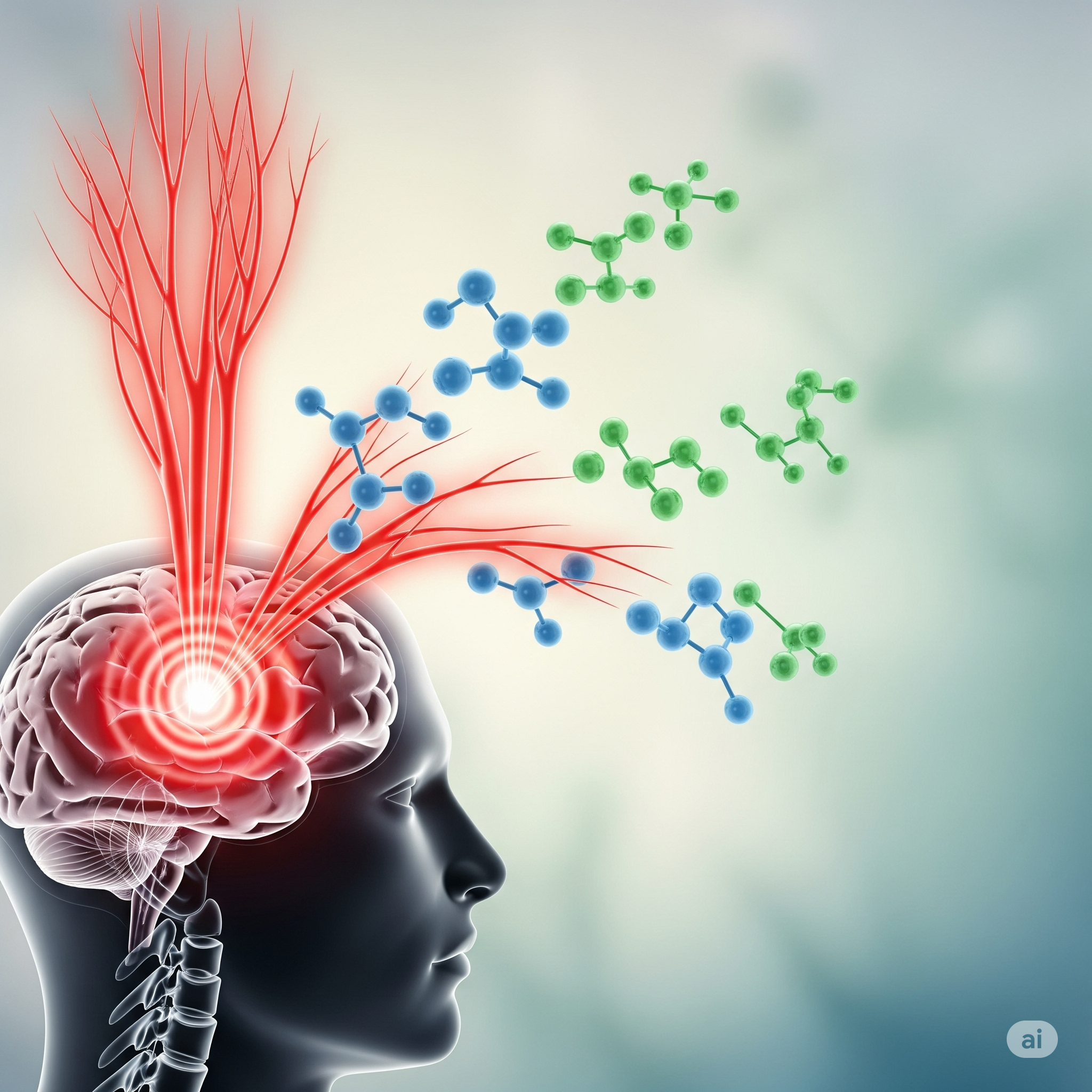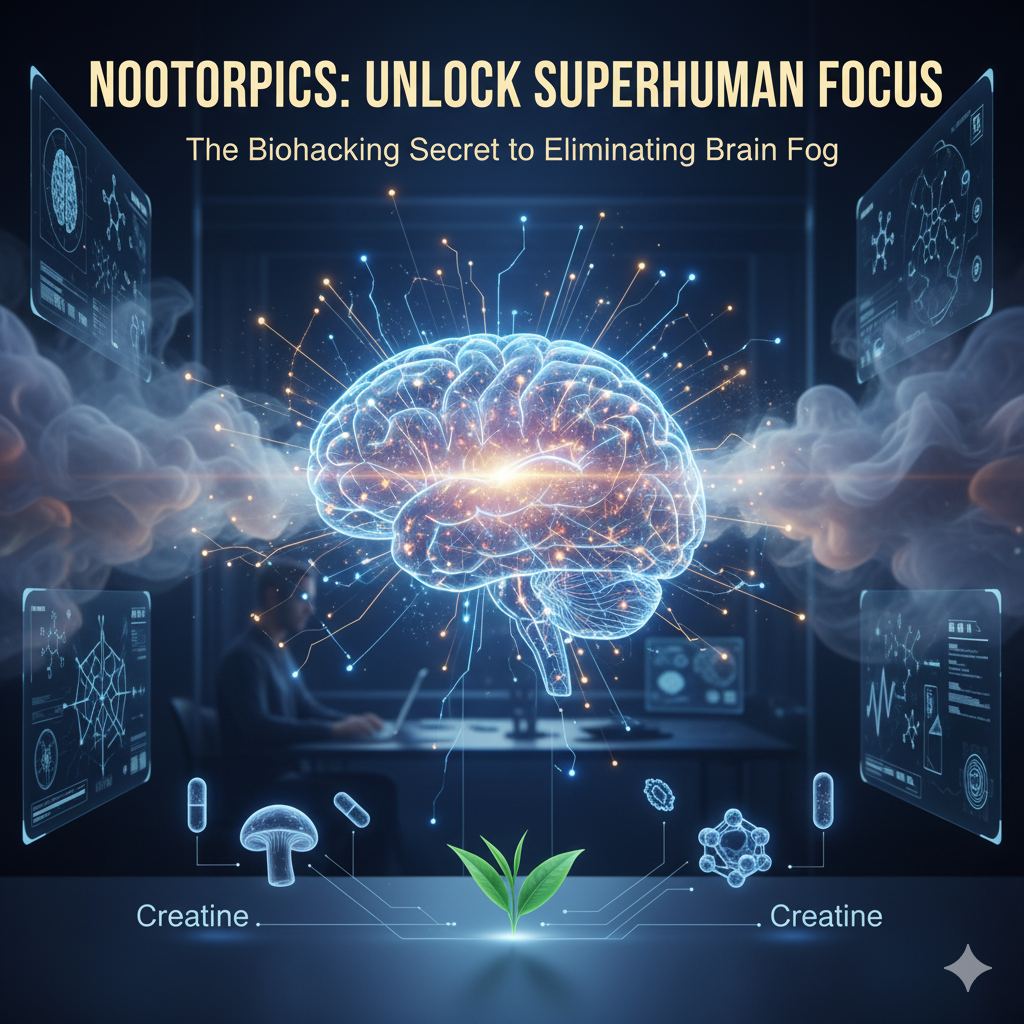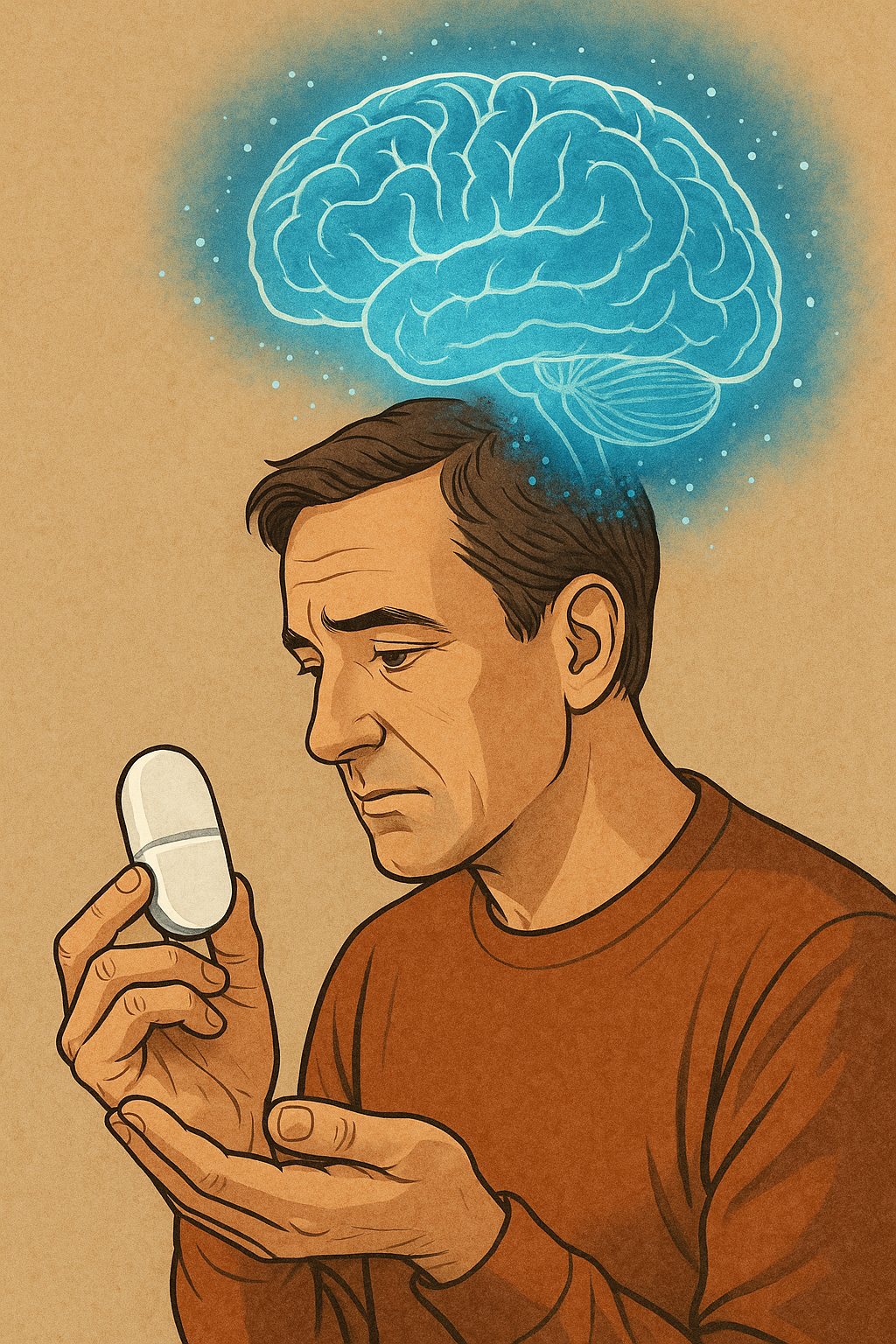Pain is a universal human experience, an undeniable alarm system alerting us to potential harm. From a stubbed toe to the persistent ache of chronic illness, pain, in its various forms, compels us to seek relief. For centuries, humanity has searched for ways to quiet this alarm, leading to the development of a remarkable class of drugs known as analgesics. These aren’t just simple pain relievers; they are sophisticated pharmacological agents, each designed to intervene at specific points along the intricate pathways of pain. But how exactly do these medications work their magic to silence discomfort?
This article delves into the fascinating science of pain relief, exploring the complex mechanisms by which analgesicsexert their effects. We’ll unpack the different categories of pain medication, from the everyday over-the-counter heroesto powerful prescription options, understanding their benefits, risks, and the crucial role they play in pain management. By understanding how these drugs function, we can make more informed choices about our health and appreciate the remarkable advancements in modern pharmacology.
Understanding Pain: More Than Just a Sensation
Before we explore how painkillers work, it’s essential to grasp what pain truly is. Pain is defined by the International Association for the Study of Pain (IASP) as “an unpleasant sensory and emotional experience associated with actual or potential tissue damage.” It’s not merely a physical sensation but a complex output of the brain, influenced by sensory, emotional, cognitive, and social factors.
The journey of pain begins with specialized sensory neurons called nociceptors. These nerve endings are found throughout the body—in skin, muscles, organs, and bones—and are specifically designed to detect noxious (harmful) stimuli such as extreme temperatures, intense pressure, or damaging chemicals released during injury or inflammation. When activated, nociceptors generate electrical signals that travel along nerve fibers to the spinal cord.
Within the spinal cord, these signals are processed and then relayed up to the brainstem and ultimately to various regions of the brain, including the thalamus, somatosensory cortex, and limbic system. It’s in the brain that these raw signals are interpreted, giving rise to the subjective feeling of pain, along with associated emotional responses like fear or anxiety. Various chemical messengers, known as neurotransmitters (like prostaglandins, Substance P, and endogenous opioids such as endorphins), play critical roles in modulating these pain signals at different points along the pathway.
Pain can broadly be categorized into:
- Acute Pain: This is sudden, short-term pain, often a direct result of injury or tissue damage (e.g., a cut, a broken bone, post-surgical pain). It serves as a vital warning sign.
- Chronic Pain: This is persistent pain that lasts for an extended period, often beyond the normal healing time (e.g., arthritis, fibromyalgia, neuropathic pain from nerve damage). Chronic pain can significantly impact quality of life and often requires a more complex pain management approach.
Understanding this intricate pain pathway is fundamental, as it allows us to see precisely where different analgesicsintervene to block, reduce, or modify the pain signals.
The Pharmacological Arsenal: How Different Analgesics Work
The array of analgesics available today is vast, each operating with a unique pharmacological strategy. They can be broadly categorized based on their chemical structure, potency, and primary mechanism of action.
A. Non-Opioid Analgesics: The Over-the-Counter Heroes
These are the most commonly used pain relievers, available without a prescription and effective for mild to moderate pain, fever, and inflammation.
1. NSAIDs (Non-Steroidal Anti-Inflammatory Drugs)
NSAIDs are a cornerstone of pain relief, widely recognized by names like Ibuprofen (e.g., Advil, Motrin), Naproxen(e.g., Aleve), and Aspirin. Their effectiveness stems from their ability to target the root cause of much pain: inflammation.
Mechanism of Action: NSAIDs primarily work by inhibiting enzymes called cyclooxygenases (COX). There are two main forms:
- COX-1: This enzyme is “constitutive,” meaning it’s always present and involved in maintaining normal physiological functions, such as protecting the stomach lining, supporting kidney function, and promoting platelet aggregation (blood clotting).
- COX-2: This enzyme is “inducible,” meaning its production increases significantly at sites of injury and inflammation. COX-2 is responsible for synthesizing prostaglandins that contribute to pain, fever, and inflammation.
Traditional NSAIDs (like ibuprofen and naproxen) are non-selective, meaning they inhibit both COX-1 and COX-2 enzymes. By inhibiting COX-2, they effectively reduce the production of prostaglandins that cause inflammation, pain, and fever. This makes them powerful anti-inflammatory drugs. However, by also inhibiting COX-1, they can interfere with its protective functions, leading to common side effects such as gastrointestinal upset, stomach ulcers, and potential kidney issues. Aspirin, in particular, also has anti-platelet effects, which is why it’s used to prevent blood clots.
Benefits: Highly effective for inflammatory pain (e.g., arthritis, muscle sprains), menstrual cramps, headaches, and fever.Common Side Effects: Stomach upset, heartburn, nausea, increased risk of ulcers, and potential kidney problems with long-term or high-dose use.
2. Paracetamol (Acetaminophen)
Known as Acetaminophen in the United States and Canada (e.g., Tylenol), and Paracetamol in most other parts of the world (e.g., Panadol), this analgesic is another widely used pain reliever and fever reducer.
Mechanism of Action: Unlike NSAIDs, the precise mechanism of paracetamol is less clearly understood and remains a subject of ongoing research. It is generally believed to act primarily in the central nervous system (brain and spinal cord), rather than extensively at the site of inflammation in the periphery. It may weakly inhibit prostaglandin synthesis, particularly in the brain, or it might work by modulating other pain pathways involving serotonergic or cannabinoid systems. Crucially, paracetamol has very little anti-inflammatory effect.
Benefits: Effective for mild to moderate pain (e.g., headaches, muscle aches) and fever. It is generally safer on the stomach than NSAIDs, making it a good option for individuals with gastrointestinal sensitivities. Key Caution: The most critical risk associated with paracetamol is liver toxicity (hepatotoxicity), which can occur with overdose. It’s imperative to adhere strictly to recommended dosages, as exceeding them, even slightly, can lead to severe and potentially fatal liver damage.
B. Opioid Analgesics: Prescription Powerhouses
For moderate to severe pain that doesn’t respond to non-opioid painkillers, doctors often prescribe opioid analgesics. These drugs are significantly more potent and interact with the body’s natural pain-relief system.
Examples: Common opioid painkillers include Morphine, Codeine, Oxycodone (e.g., OxyContin, Percocet), Hydrocodone (e.g., Vicodin), and Fentanyl.
Mechanism of Action: Opioids work by binding to specific proteins called opioid receptors located throughout the brain, spinal cord, and gastrointestinal tract. These receptors are part of the body’s natural system for regulating pain, responding to naturally produced chemicals like endorphins and enkephalins. When opioids bind to these receptors, they mimic the action of natural endorphins, effectively blocking pain signals from reaching the brain and reducing the perception of pain. They also activate reward pathways in the brain, leading to feelings of euphoria, which contributes to their high potential for misuse.
Benefits: Opioids are exceptionally effective for severe acute pain (e.g., after surgery, severe injury) and certain types of chronic pain, providing significant relief when other options fail.
Risks and Side Effects: Despite their effectiveness, opioids carry significant risks that necessitate strict medical supervision:
- Dependence and Addiction: A major concern with opioids is the development of physical dependence and addiction. Physical dependence means the body adapts to the drug’s presence, leading to withdrawal symptoms if the drug is stopped suddenly. Addiction, however, is a chronic brain disease characterized by compulsive drug-seeking and use despite harmful consequences. The opioid crisis in many parts of the world highlights the devastating impact of misuse and over-prescription.
- Respiratory Depression: This is the most dangerous side effect. Opioids can suppress the brain’s drive to breathe, leading to dangerously slowed or stopped breathing, which can be fatal.
- Other Common Side Effects: Constipation (due to opioid receptors in the gut), nausea, vomiting, sedation, itching, and confusion.
Responsible Use: Due to these serious risks, opioid painkillers should only be used under strict medical supervision, for the shortest duration possible, and at the lowest effective dose.
C. Adjuvant Analgesics: Beyond Traditional Painkillers
Sometimes, pain, particularly neuropathic pain (nerve pain) or certain types of chronic pain, doesn’t respond well to traditional analgesics. In such cases, healthcare providers might turn to adjuvant analgesics. These are drugs that were originally developed for other conditions but have been found to have pain-relieving properties.
Concept: Adjuvant analgesics don’t primarily target the classic pain pathways that NSAIDs or opioids do. Instead, they modulate other neurological processes that contribute to pain, especially when nerves are damaged or dysfunctional.
Examples:
- Antidepressants: Certain classes of antidepressants, like tricyclic antidepressants (TCAs) and serotonin-norepinephrine reuptake inhibitors (SNRIs), are effective for chronic pain conditions, particularly neuropathic pain. They are thought to work by increasing the levels of certain neurotransmitters (serotonin and norepinephrine) in descending pain-modulating pathways in the brain and spinal cord, which can inhibit pain signals.
- Anticonvulsants (Anti-seizure medications): Drugs like gabapentin (e.g., Neurontin) and pregabalin (e.g., Lyrica) are widely used for neuropathic pain. They are believed to work by calming overactive nerve cells, reducing the abnormal electrical activity that can contribute to nerve pain.
Why They Are Used: Adjuvant analgesics are crucial for managing complex pain syndromes that don’t respond to typical pain relievers. They can also help reduce the reliance on opioids.
Factors Influencing Pain Relief
The effectiveness of pain relief isn’t solely determined by the drug itself. Several factors can influence how an individual responds to an analgesic:
- Individual Variability (Genetics and Metabolism): People process medications differently due to genetic variations in enzymes (like CYP450 enzymes) responsible for drug breakdown. This means the same dose of a drug can be highly effective for one person, ineffective for another, or even cause significant side effects in a third.
- Drug Interactions: Taking multiple medications simultaneously can lead to drug interactions, where one drug alters the effects of another. This can increase side effects, reduce efficacy, or even lead to dangerous complications (e.g., combining certain NSAIDs with blood thinners).
- The Placebo Effect: The placebo effect is a powerful phenomenon where a patient experiences a perceived improvement in symptoms simply because they believe they are receiving a beneficial treatment, even if it’s an inert substance. This highlights the brain’s profound influence over pain perception.
- Psychological Factors: Mental and emotional states significantly impact pain. Conditions like anxiety, depression, and stress can amplify pain perception and reduce the effectiveness of pain medication. Conversely, managing these psychological factors can improve pain management.
Responsible Use and Future Directions
Given the diverse range of analgesics and their varied effects, responsible painkiller use is paramount.
- The Importance of Medical Consultation: Always consult a healthcare professional before starting any new pain medication, especially prescription drugs, or if your pain persists or worsens. Self-medication can be dangerous, leading to incorrect diagnoses, delayed treatment, or adverse drug reactions.
- Avoiding Overdose and Misuse: Adhere strictly to the prescribed dosage and frequency. Never take more than recommended, especially with paracetamol (to avoid liver damage) and opioids (to prevent respiratory depression and addiction). Never share prescription medications.
- Holistic Pain Management: Effective pain management often extends beyond pharmacological interventions. Approaches like physical therapy, exercise, mindfulness, acupuncture, cognitive-behavioral therapy (CBT), and other mind-body techniques can complement drug therapy, offering comprehensive relief and improving overall well-being.
The field of pain relief is continually evolving. Researchers are exploring new avenues to develop safer and more effective analgesics, including:
- Targeting novel neurotransmitters and receptors in the pain pathway.
- Developing non-opioid strategies for severe pain.
- Exploring the potential of cannabinoid-based therapies and other plant-derived compounds.
- Advancements in personalized medicine, utilizing genetic information to tailor pain treatment for individuals.
Conclusion: Empowering Informed Choices
The science of pain relief is a testament to humanity’s ongoing quest for comfort and healing. From the ancient practice of using herbs to the sophisticated molecular targeting of modern pharmaceuticals, analgesics have transformed the way we manage pain. We’ve journeyed through the intricate pain pathways, explored how NSAIDs quell inflammation, how paracetamol acts centrally, and how opioids powerfully block severe pain signals while carrying significant risks.
Understanding how painkillers work empowers us to make informed decisions about our health. It highlights the importance of respecting these powerful medications, using them responsibly, and always in consultation with healthcare professionals. While the relief they offer is invaluable, true pain management is often a multifaceted approach, combining pharmacological solutions with holistic strategies. As research continues to uncover new insights, the future of pain relief promises even more precise, effective, and safer options, ultimately improving the quality of life for countless individuals grappling with pain.


